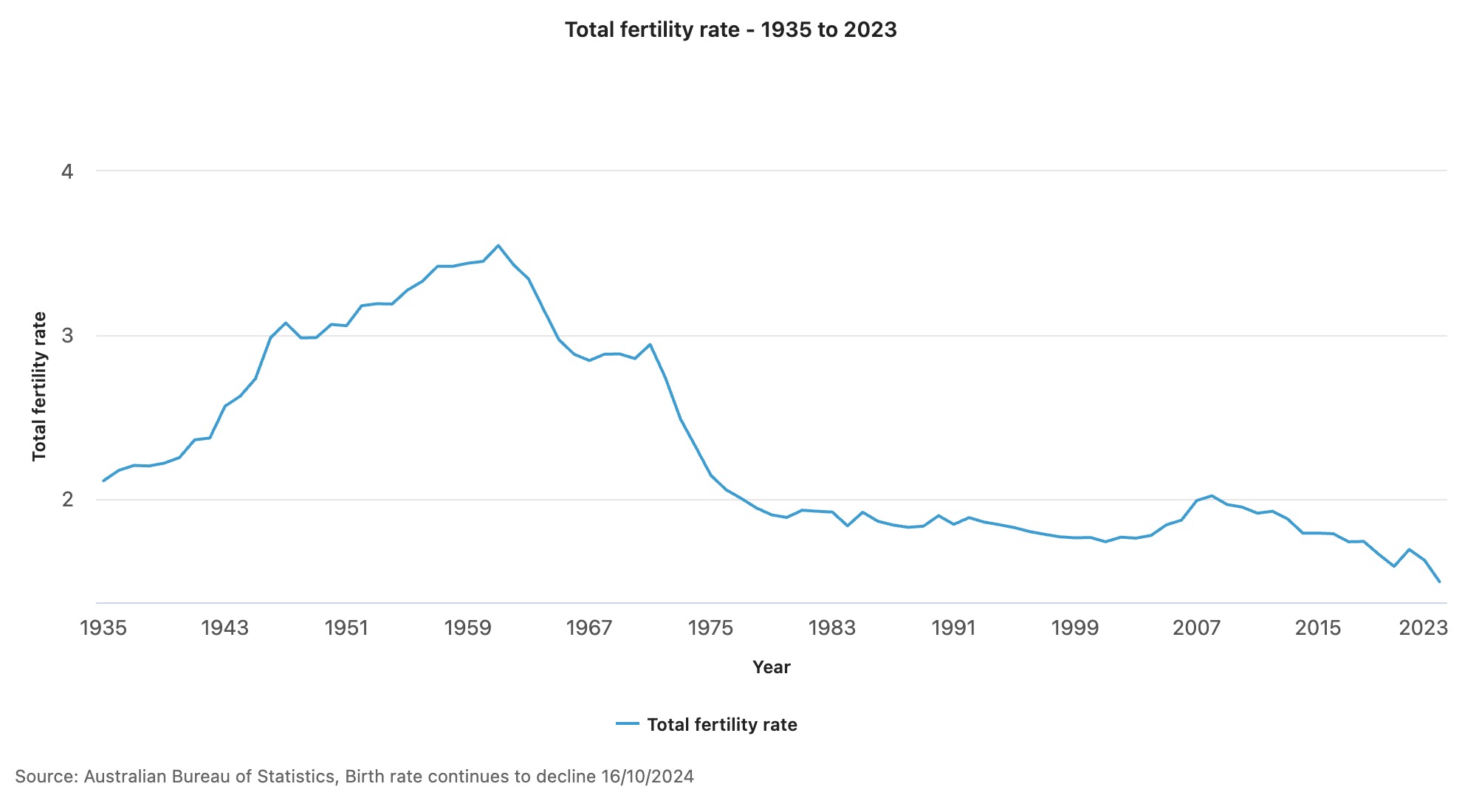Future Returns: Why Women Need to Participate in Financial Planning
It sounds hopelessly antiquated: A female spouse cedes control of the family’s finances, either willingly or unwillingly, to her male partner, only to be caught by surprise when her husband dies.
Yet financial advisors say it’s true—and problematic. Data is spotty, but a 2019 UBS survey of high-net-worth women found that 56% of American women aged 20-34 deferred long-term financial decisions to their spouse, as did 54% of women 51 and older.
Vance Barse is the founder of Your Dedicated Fiduciary, an investment advisor firm based in San Diego, Calif., that has made centring women a bedrock of its practice: two-thirds of its clients are female-headed households.
In a conversation with Penta, Barse says that if women aren’t part of the financial-planning conversation already, they should be. And if they lose their spouse before that can happen, they should be deliberate, not hasty, in finding a trusted advisor.
‘A Little Resentful’
No one wants to think about losing a spouse, but it will happen at some point—and as all the statistics show, it’s far more likely for a woman to outlive her male partner. That’s why Barse tries to centre female-headed households in his business model, but also why it’s wise for couples to make sure the wife has a say in the family finances before she’s all alone.
Barse describes the scenario he and other advisors see far too often with new widows: “After that initial shock, there is acceptance of the reality, which is that she is the one in charge of estate administration, she is the one who receives the estate, and now she is front and centre in her own financial life. There’s a transition where these women may become a little resentful or realise that they don’t have a trusting relationship with the person who was the husband’s—not the family’s—advisor.”
That’s when many widows fire the family’s existing advisor, and go in search of someone they can trust, Barse says.
But Barse says women usually turn to friends and family members for recommendations. Far too often those people aren’t right for the new widow, and may even take advantage of her.
High-net-worth women don’t need a retail advisor selling them whatever mutual fund the home office is hawking, Barse points out—they need what he calls an “in-house, right-hand person” to manage all aspects of the household’s financial life, even if that’s not what the husband’s expectations were while he was alive.
Look Before It’s Too Late
Women with male spouses—even happily married ones—may want to take a more active role in the family’s finances sooner rather than later, even if their husbands are content with the way things have always been, and especially if they feel left out of the conversation.
“When a new client couple first comes in, I ask, in a social situation, which one of you typically talks first,” Barse says. “Whichever of the spouses raises the hand and says I do, I turn to the other spouse. That means we’re giving the less-vocal spouse more of a voice right out of the gate.”
That’s critical, he says, not only because both voices should be heard, but because men and women often bring different perspectives to financial planning. With high-net-worth women, Barse says, “the conversation focuses more on how to make an impact and how to keep as much money in the estate as possible and prevent the heirs from fighting over the assets.”
For Widows
Women who have lost a spouse are in a difficult position. The recent loss may make it difficult to think about vetting someone analytically. Still, Barse offers a few considerations, starting with approaching the existing advisor as if he or she were any other candidate for the job.
“It’s highly appropriate to interview different financial advisors and their firms to determine which one feels like the best long-term fit,” he says. “There is no such thing as too much due diligence.”
- Ask the advisor to detail in writing what products and strategies are in your best interest, what value they will bring to your estate, and how much that will cost you
- Ask the advisor to outline any potential conflicts of interest in writing. Barse recalls one client whose family advisor had put almost 100% of the household assets in expensive financial products such as mutual funds managed by the advisor’s parent company—but one that just happened to have a different name.
- Ask the financial advisor to outline how he or she will work alongside other estate advisors such as the CPA, the estate planner, the insurance agent, the realtor, and so on. You need someone to be sure all the professionals are communicating with each other and that there are no gaps.
 Copyright 2020, Dow Jones & Company, Inc. All Rights Reserved Worldwide. LEARN MORE
Copyright 2020, Dow Jones & Company, Inc. All Rights Reserved Worldwide. LEARN MORE
This stylish family home combines a classic palette and finishes with a flexible floorplan
Just 55 minutes from Sydney, make this your creative getaway located in the majestic Hawkesbury region.
Governments around the world are offering incentives to reverse a downward spiral that could threaten economic growth
The Australian birth rate is at a record low, new data has shown.
Figures from the Australian Bureau of Statistics have revealed there were 286,998 births registered around the country last year, or 1.5 babies per woman.
Birth rates in Australia have been in a slow decline since the 1990s, down from 1.86 births per woman in 1993. Declining fertility rates among girls and women aged 15 to 19 years was most stark, down two thirds, while for women aged 40 to 44 years, the rate had almost doubled.

“The long-term decline in fertility of younger mums as well as the continued increase in fertility of older mums reflects a shift towards later childbearing,” said Beidar Cho, ABS head of demography statistics. “Together, this has resulted in a rise in median age of mothers to 31.9 years, and a fall in Australia’s total fertility rate.”
The fall in the Australian birth rate is in keeping with worldwide trends, with the United States also seeing fertility rates hit a 32-year low. The Lancet reported earlier this year that, based on current trends, by 2100 more than 97 percent of the world’s countries and territories “will have fertility rates below what is necessary to sustain population size over time”.
On a global scale, the Lancet reported that the total fertility rate had “more than halved over the past 70 years” from about five children per female in the 1950s to 2.2 children in 2021. In countries such as South Korea and Serbia, the rate is already less than 1.1 child for each female.
Governments around the world have tried to incentivise would-be parents, offering money, increased access to childcare and better paid maternity leave.
Experts have said without additional immigration, lower birth rates and an ageing population in Australia could put further pressure on young people, threaten economic growth and create economic uncertainty. However, a study released earlier this year by the University of Canberra showed the cost of raising a child to adulthood was between $474,000 and $1,097,000.
This stylish family home combines a classic palette and finishes with a flexible floorplan
Just 55 minutes from Sydney, make this your creative getaway located in the majestic Hawkesbury region.






















